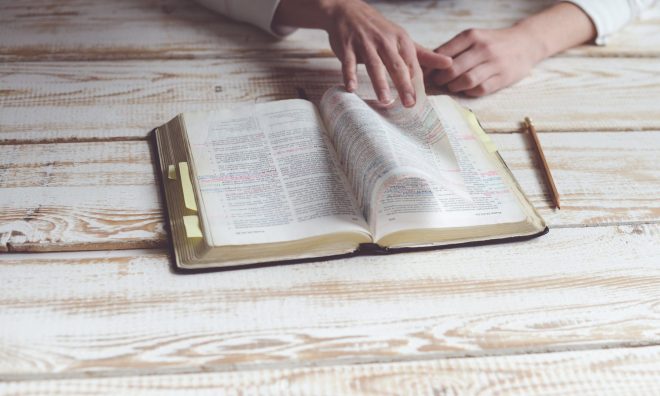
Encore Post: With the conclusion of the singing of the Offertory, the offerings of the church are collected. While we do not often see this in our churches anymore, it was at this time that the bread and wine used for the Sacrament of the Altar would come forward as well. Churches in the Roman Catholic Church and similar traditions have the option to bring up the bread and wine at this time.
Dr. Arthur Just, Jr. in his fine book Heaven on Earth: The Gifts of Christ in the Divine Service talks more about it. He adds, “The bringing forward of the bread and wine is part of the sacrificial part of the liturgy where we offer our gifts to God, including our tithes and offerings. These gifts are given in response to hearing the very words of Jesus in the Gospel and are given in thanksgiving for the gift about to be received…”(Just, 209-210).
We should not think that we are giving to God to earn favor. No, these gives should be given out of the thankfulness of our hearts for the salvation which we have received from Christ. Even if we thought that we could earn God’s favor and blessing by our gifts, our gifts are far too small and minuscule. They are humble things, some money, some bread and wine.
Another way I have been thinking about these gifts is in terms of the feeding of the 5,000. There the people were hungry and only a few loaves and fish were around. They were a humble collection of food, as is bread and wine, but be given into the Lord’s hands, this humble offering He can make it the very food from heaven that satisfies us for everlasting life.
This is also seen in our tithes and offerings of money too. What little offerings we gather in this since also are brought before our Lord and He uses our gold and silver and whatever else we might have to sustain the mission of the local congregation as well as those abroad furthering his Kingdom, that others might know the grace and mercy He has for us for the sake of His beloved Son, Jesus Christ.
Rev. Jacob Hercamp
Christ Lutheran Church
Noblesville, Indiana
©2020 Jacob Hercamp. All rights reserved. Permission granted to copy, share and display freely for non-commercial purposes. Direct all other rights and permissions inquiries to cosmithb@gmail.com

